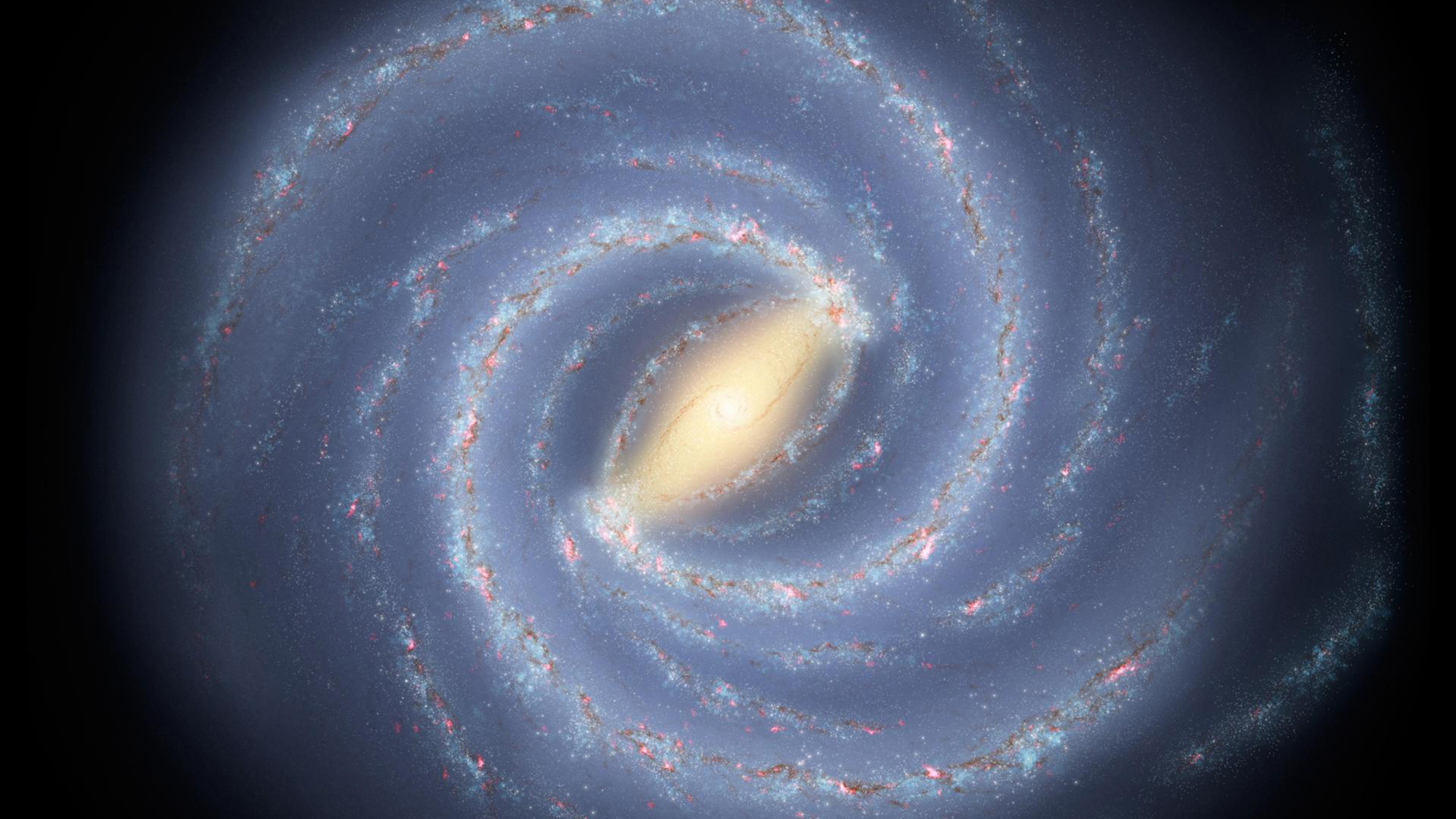

With their winding and buff arms made up of billions of stars, spiral galaxies offer some of the beautiful images of the universe. Our own Milky Way galaxy is a spiral galaxy, yet these types of swirling clusters are relatively scarce in a part of the universe called the Supergalactic Plane. A team of astrophysicists believes that the bright elliptical galaxies without a defined center are more common than swirling galaxies because of the difference in density of the environments found inside and outside of the Plane. The findings are described in a study published November 20 in the journal Nature Astronomy.
[Related: Behold six galactic collisions, masterfully captured by Hubble.]
Smoothing out the arms
The Supergalactic Plane is a flattened structure in the universe that extends nearly a billion light years across. Our own Milky Way galaxy is embedded within the Plane and is about 100,000 light years wide. There are dozens of enormous armless galaxy clusters called elliptical galaxies in the Plane, but not nearly as many disk-shaped galaxies with spiral arms.

According to the new study, the different distributions of elliptical and disk galaxies are a natural occurrence. Galaxies experience frequent interactions and mergers with other galaxies in the Plane because the region is so densely packed. This galactic demolition derby then turns the spiral galaxies into elliptical galaxies. The arms are smoothed out and the lack of internal structure in the elliptical galaxy and presence of dark matter leads to the growth of supermassive black holes. Since the dark matter outweighs everything else, it has the power to shape the newly formed elliptical galaxy and tends to guide the growth of the central black hole.
The stars in an elliptical galaxy also orbit around the core in random directions and are generally older than those in spiral galaxies, according to NASA.
In parts of the universe away from Plane, galaxies can evolve in relative isolation. This solitude helps them preserve their spiral structure.
“The distribution of galaxies in the Supergalactic Plane is indeed remarkable,” Carlos Frenk, a study co-author and astrophysicist at Durham University in the United Kingdom, said in a statement. “It is rare but not a complete anomaly: our simulation reveals the intimate details of the formation of galaxies such as the transformation of spirals into ellipticals through galaxy mergers.”
A galactic time machine
In the study, the team used a supercomputer simulation called Simulations Beyond the Local Universe. It follows the evolution of the universe over a period of 13.8 billion years from around the time of the Big Bang up to the present.
[Related: Hubble image captures stars forming in a far-off phantom galaxy.]
Most cosmological simulations consider random patches of the universe, which cannot be directly compared to other observations. Instead, SIBELIUS works to precisely reproduce the observed structures in space, including the Supergalactic Plane. According to the team, the final simulation is remarkably consistent with observations of our universe through telescopes.
“The simulation shows that our standard model of the universe, based on the idea that most of its mass is cold dark matter, can reproduce the most remarkable structures in the universe, including the spectacular structure of which the Milky Way is part,” said Frenk.
Scientists have been studying the separation of elliptical and spiral galaxies since the 1960s. This partitioning features prominently in a recent list of cosmic anomalies that was compiled by cosmologist and 2019 Nobel laureate Professor Jim Peebles.
“By chance, I was invited to a symposium in honor of Jim Peebles last December at Durham, where he presented the problem in his lecture,” study co-author and astrophysicist at the University of Helsinki in Finland Till Sawala said in a statement. “And I realized that we had already completed a simulation that might contain the answer. Our research shows that the known mechanisms of galaxy evolution also work in this unique cosmic environment.”
